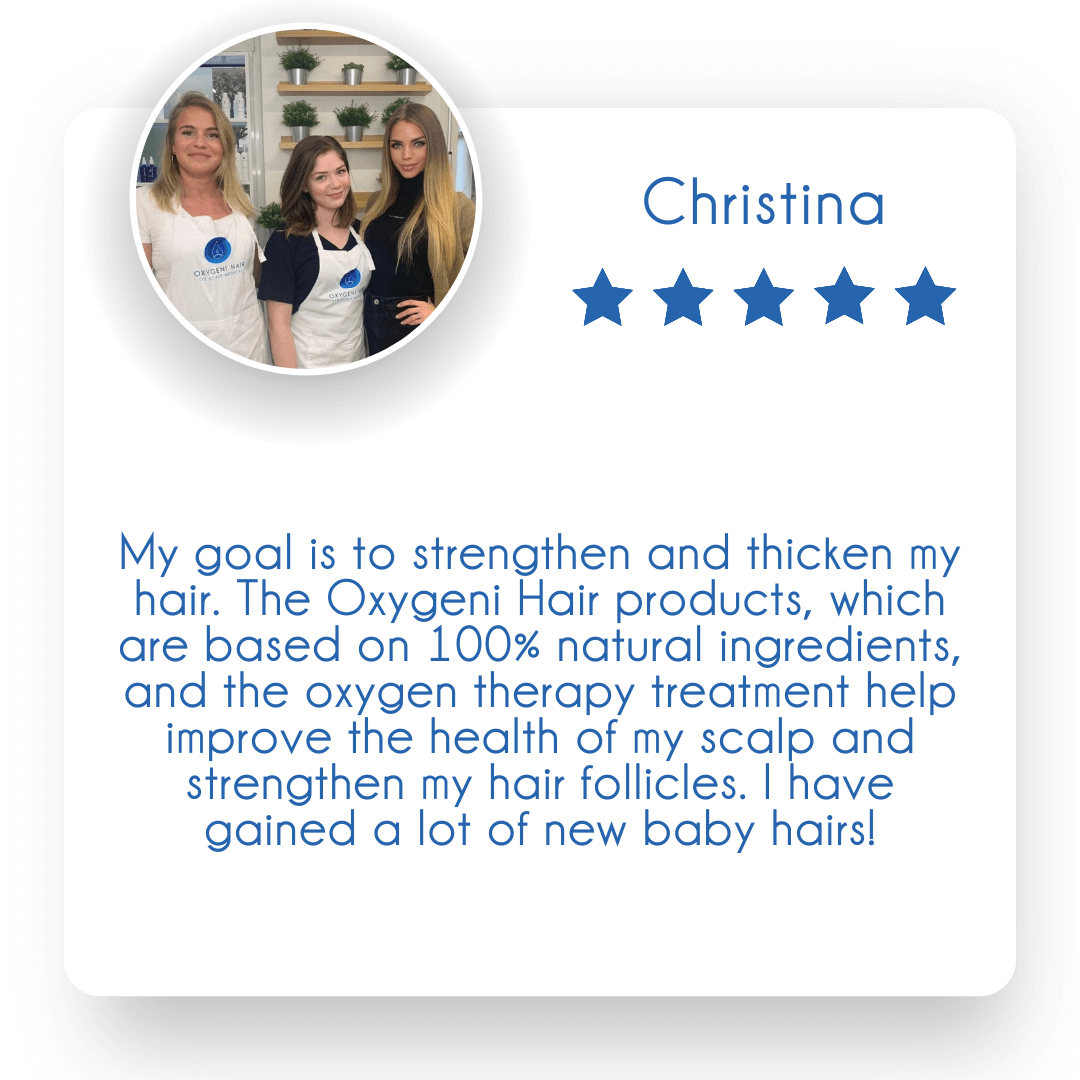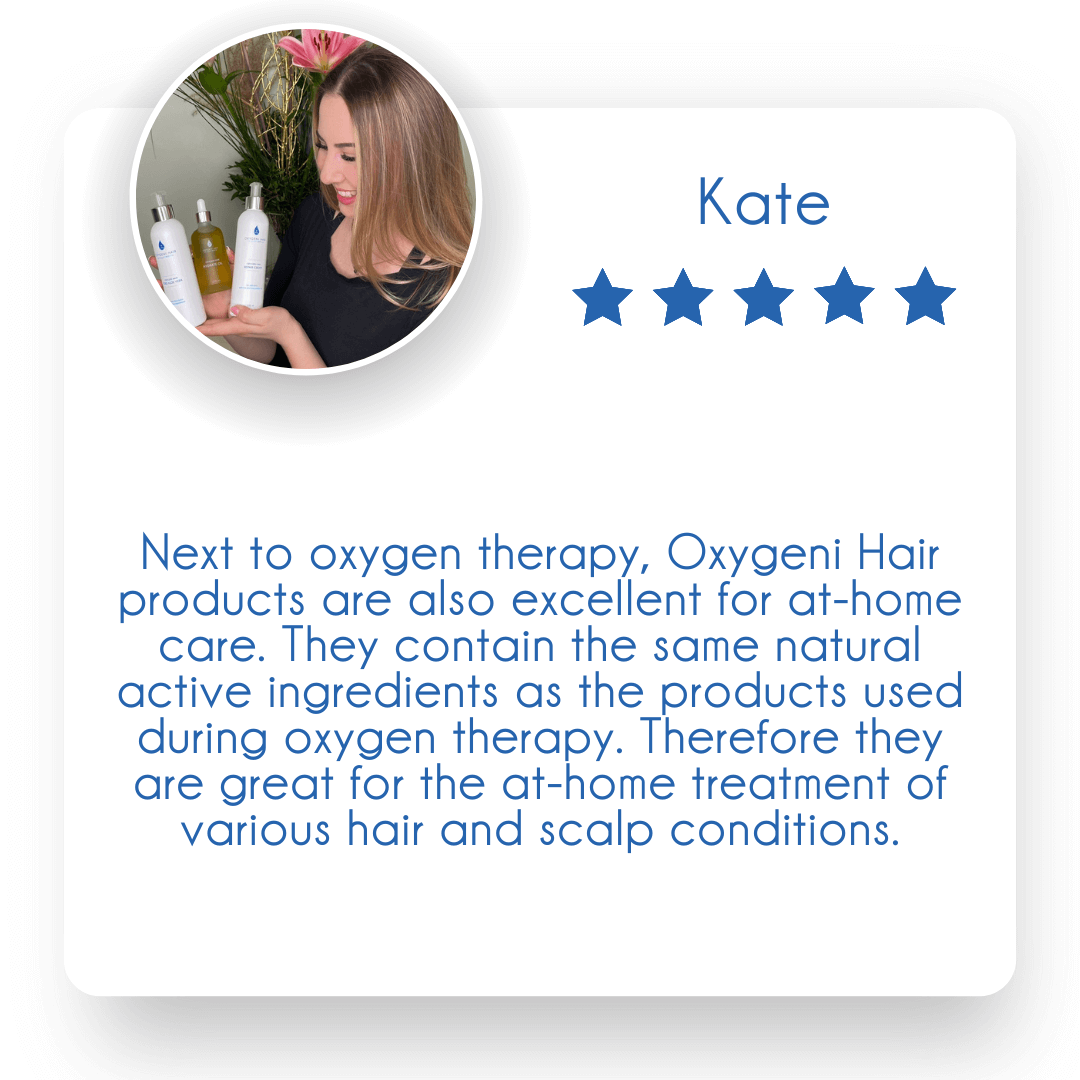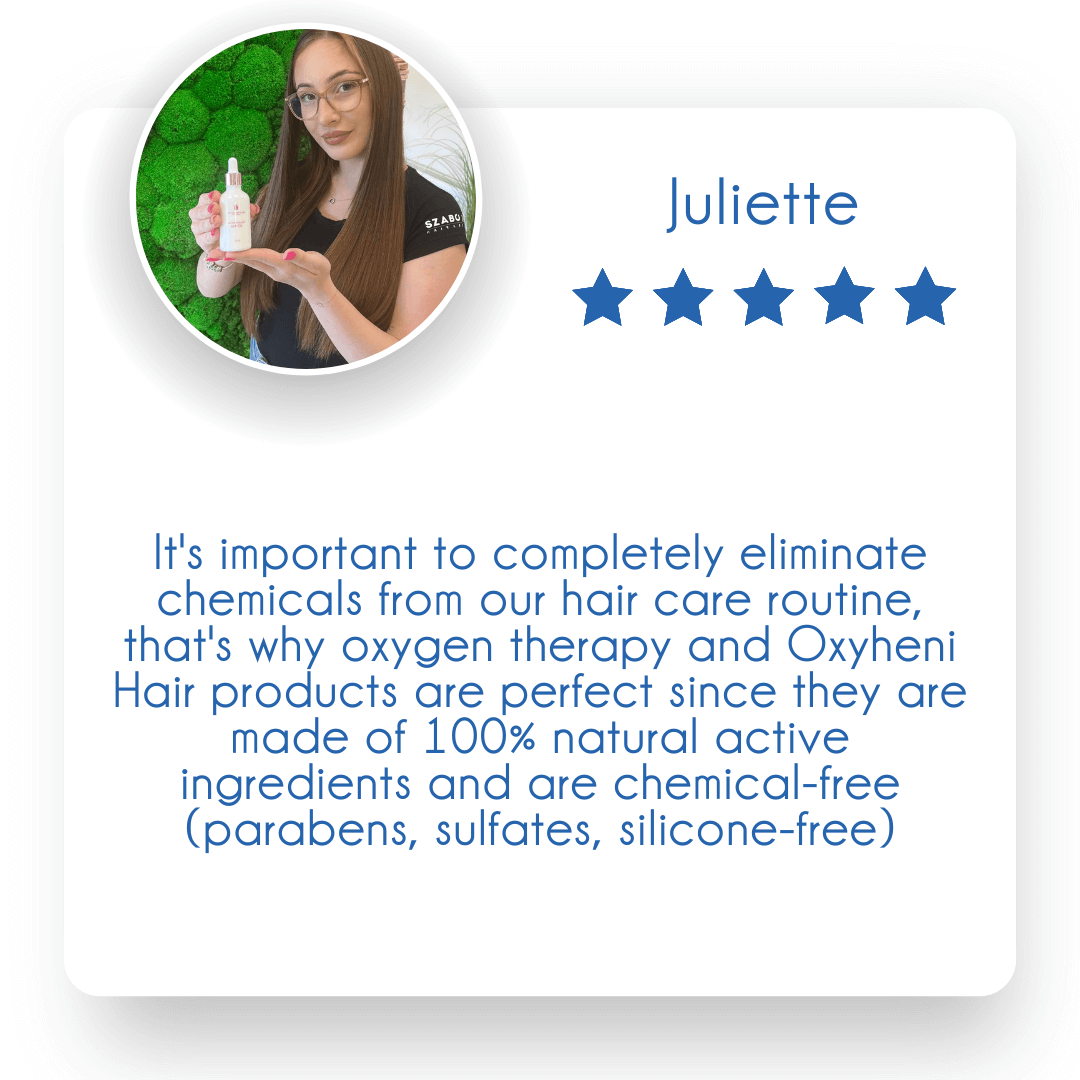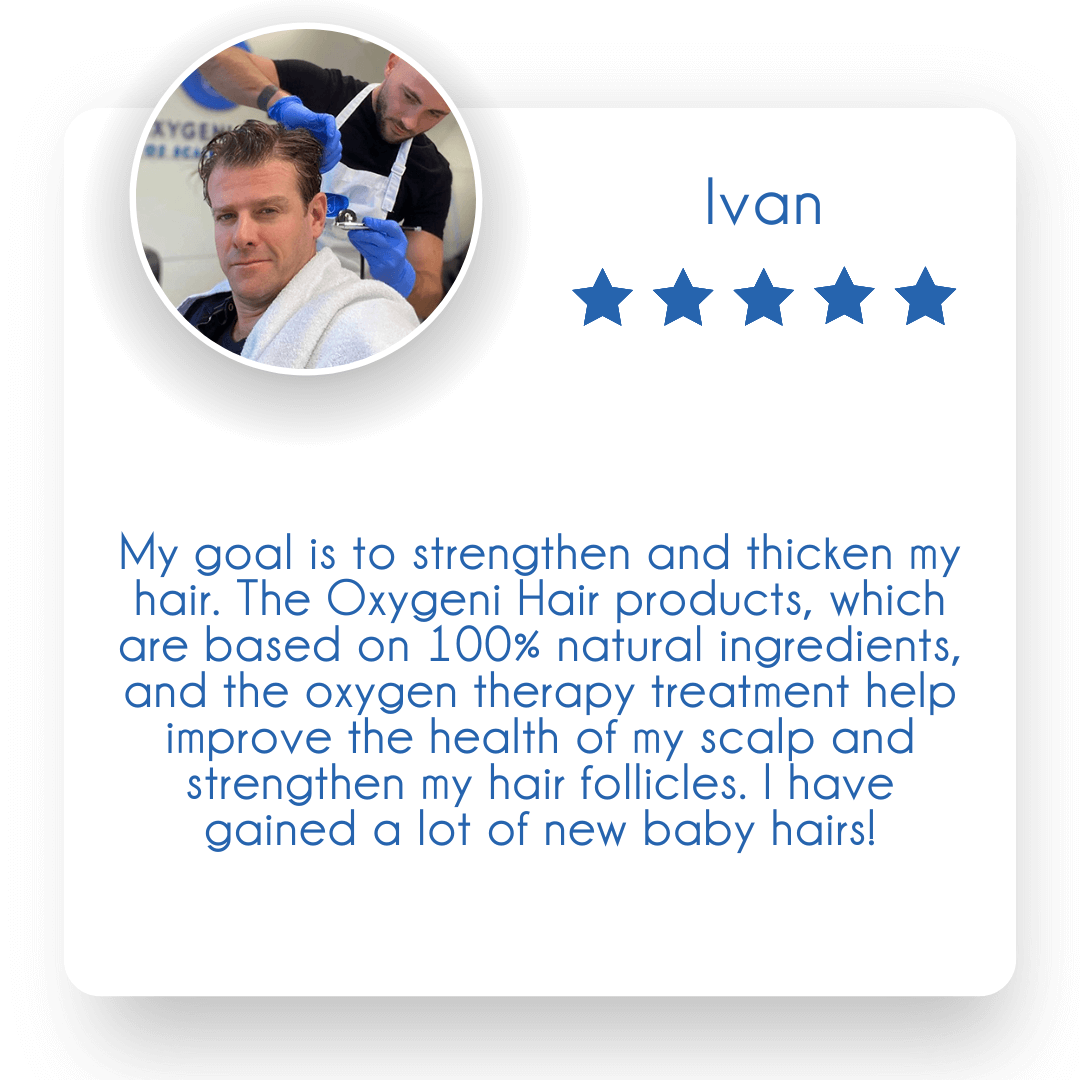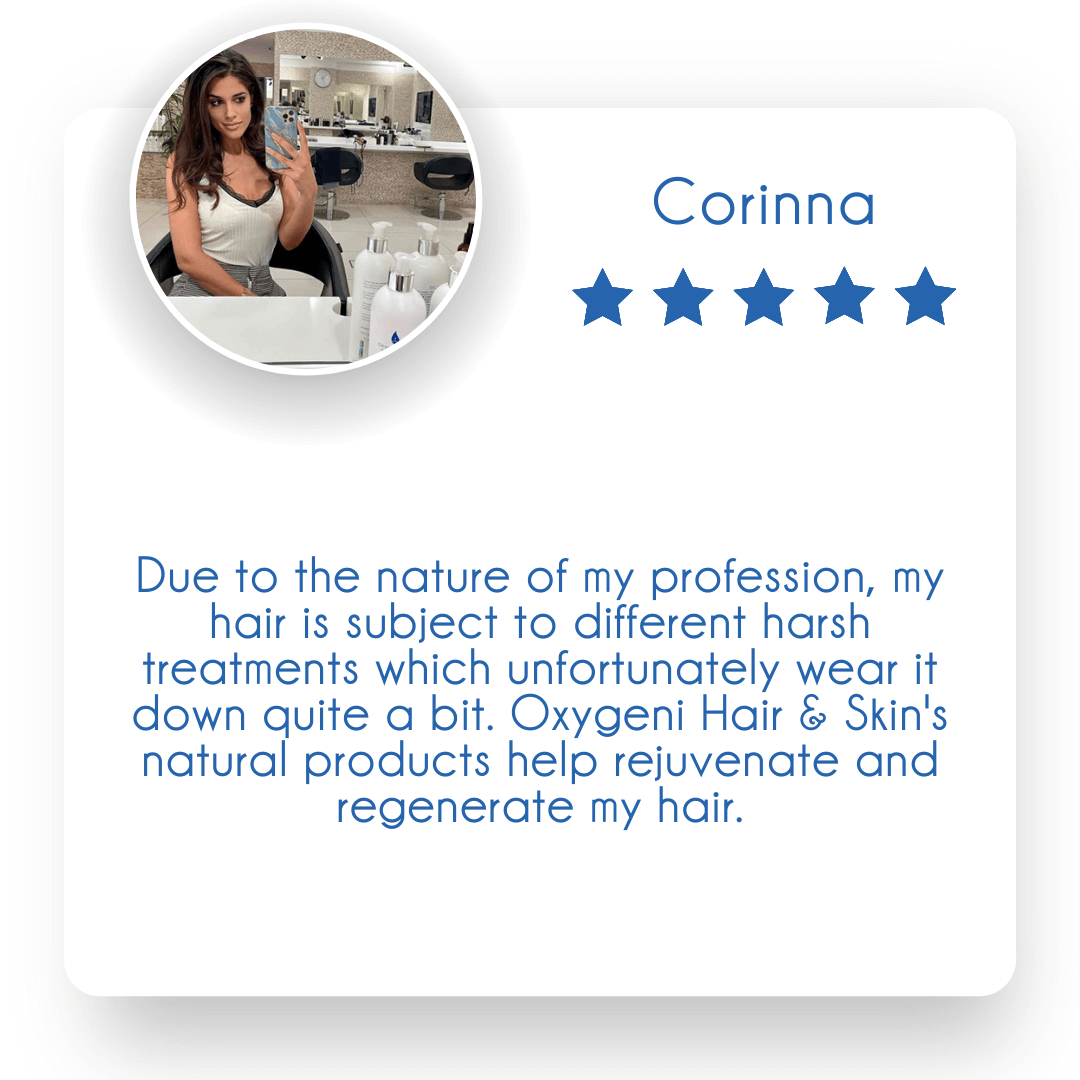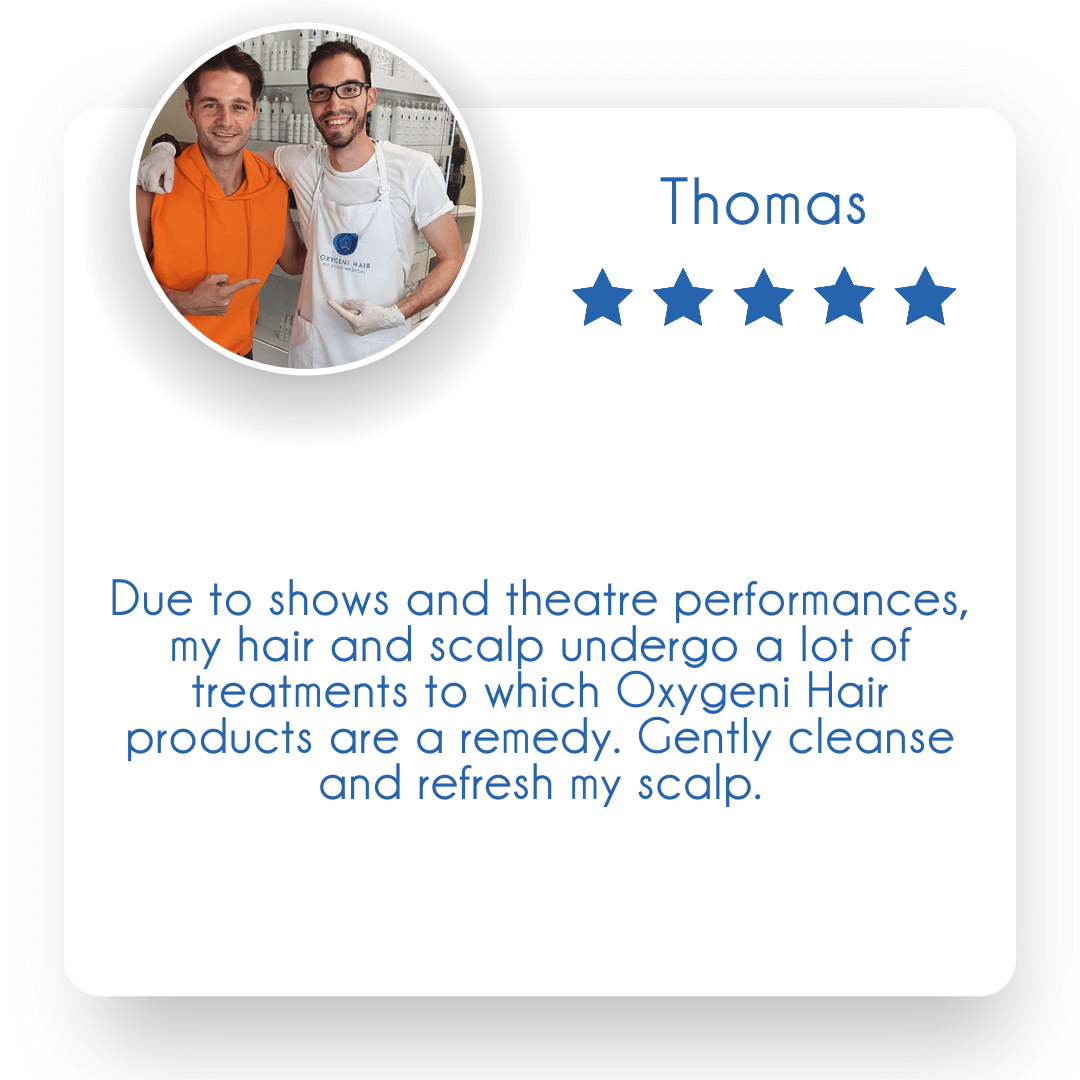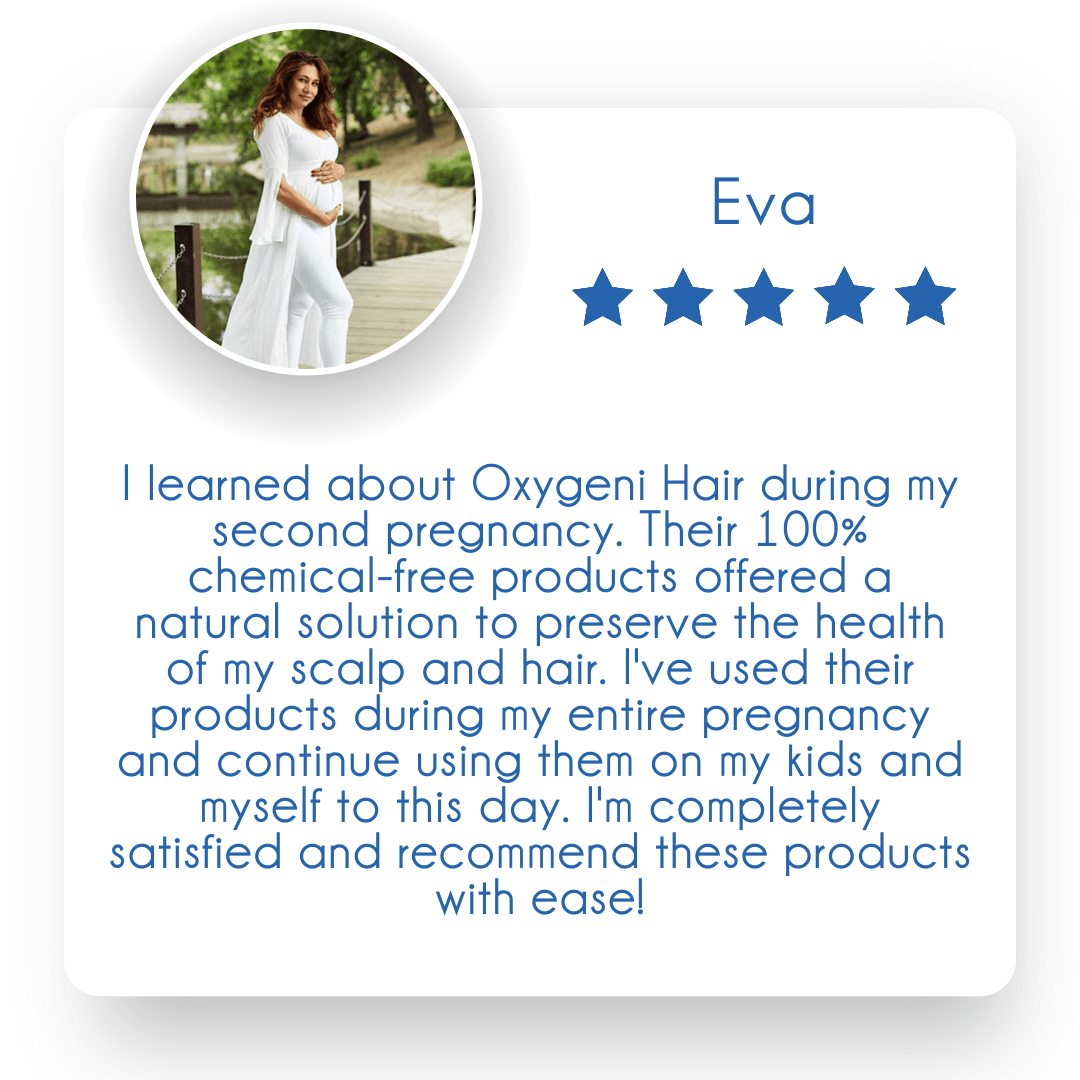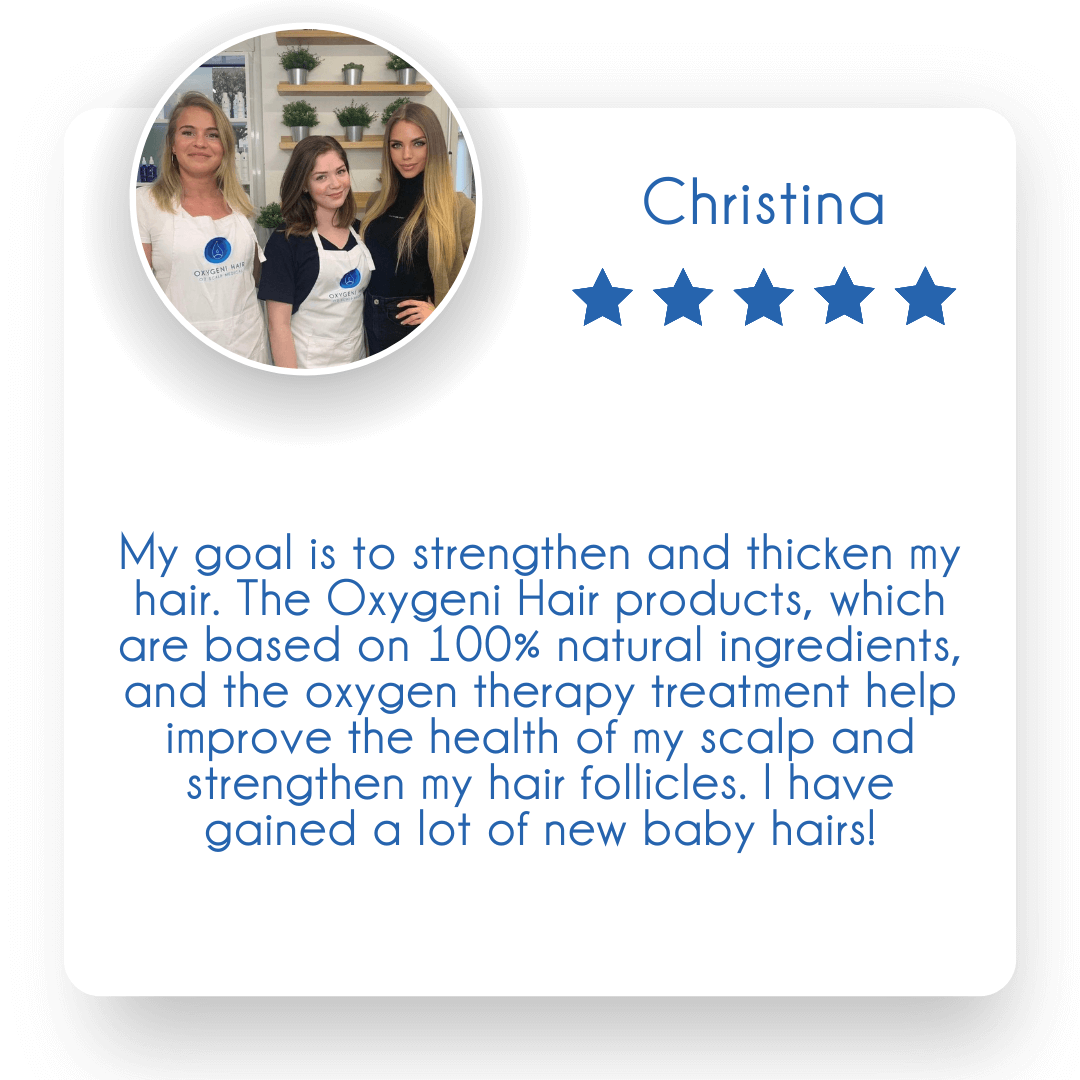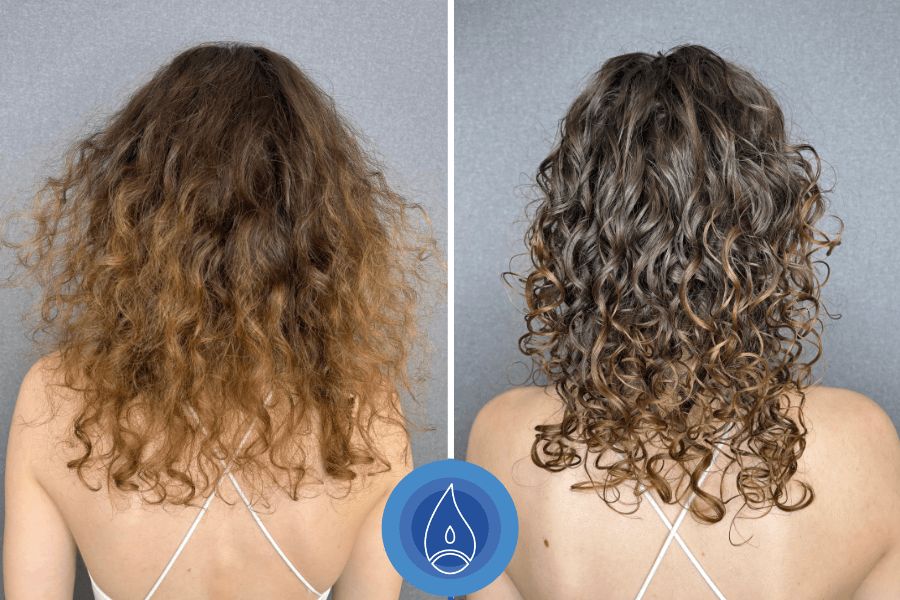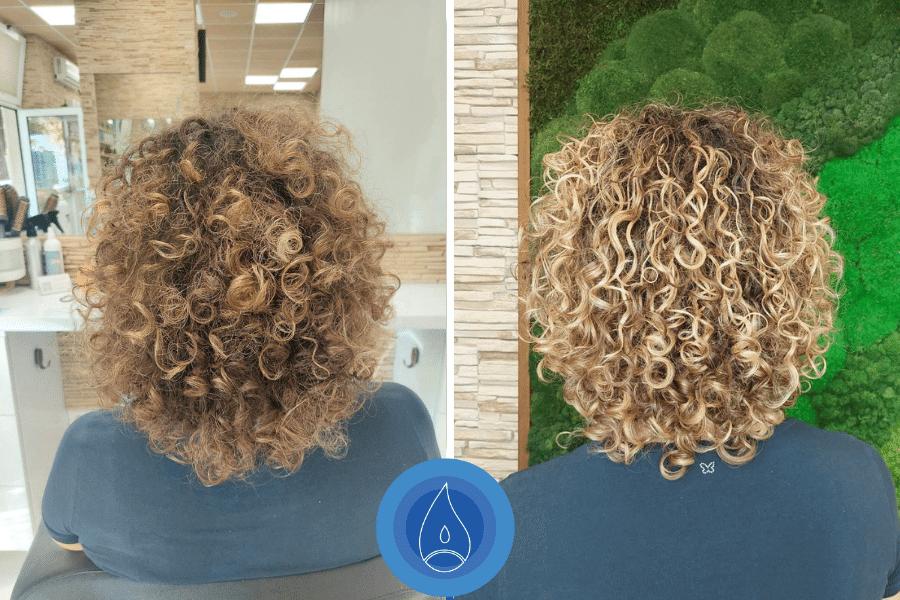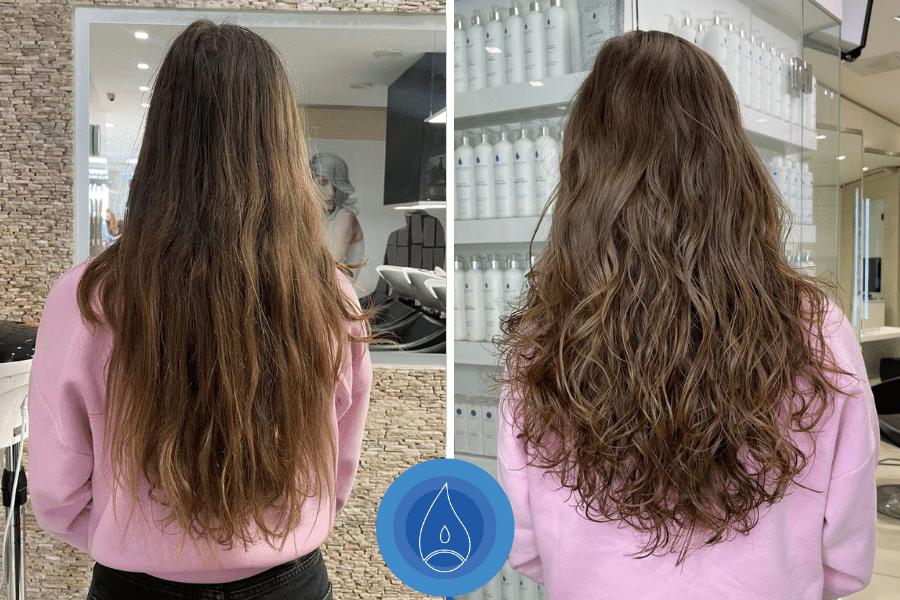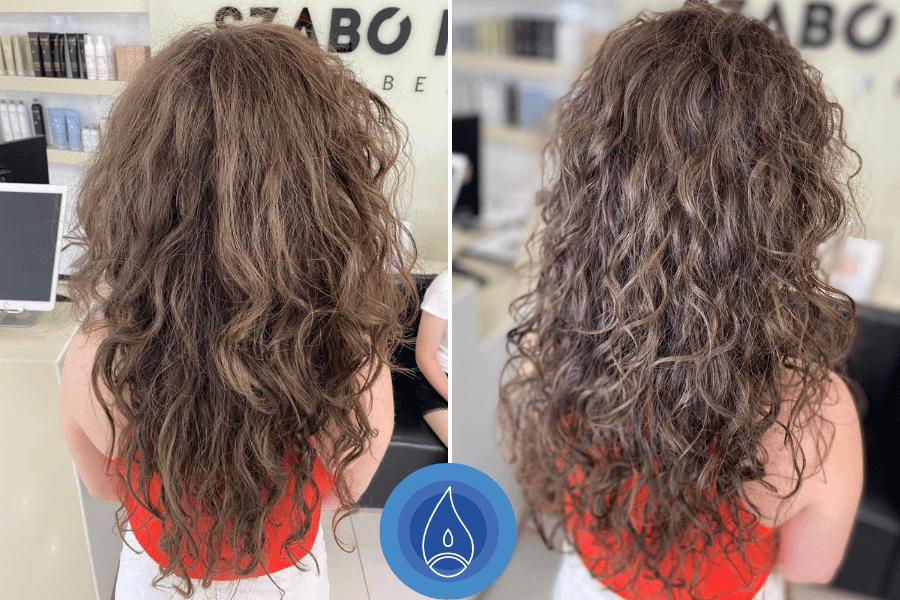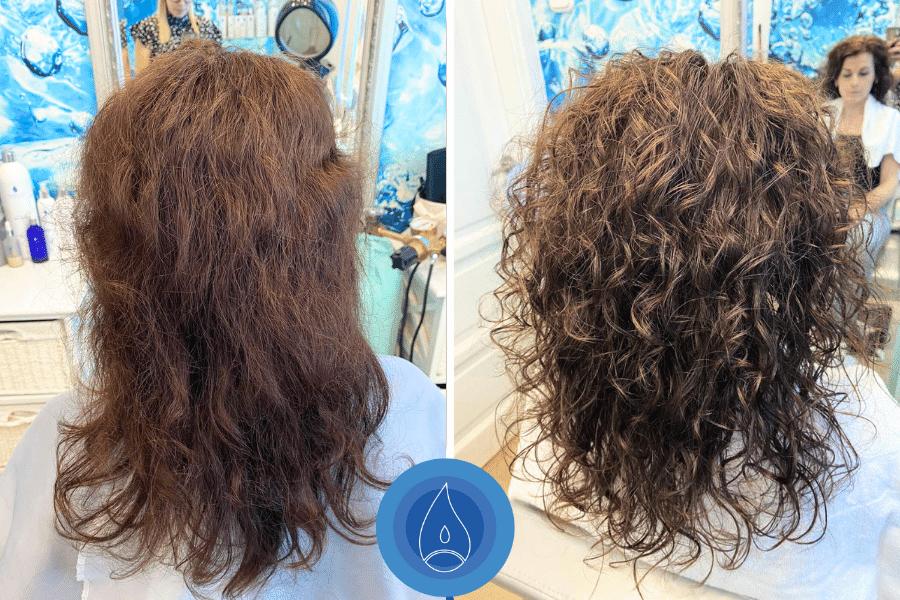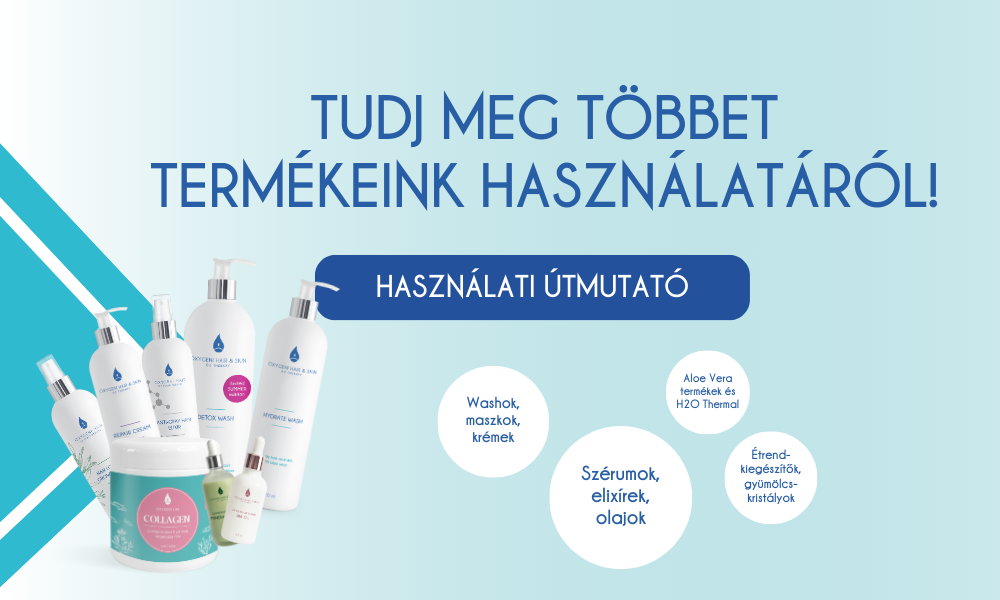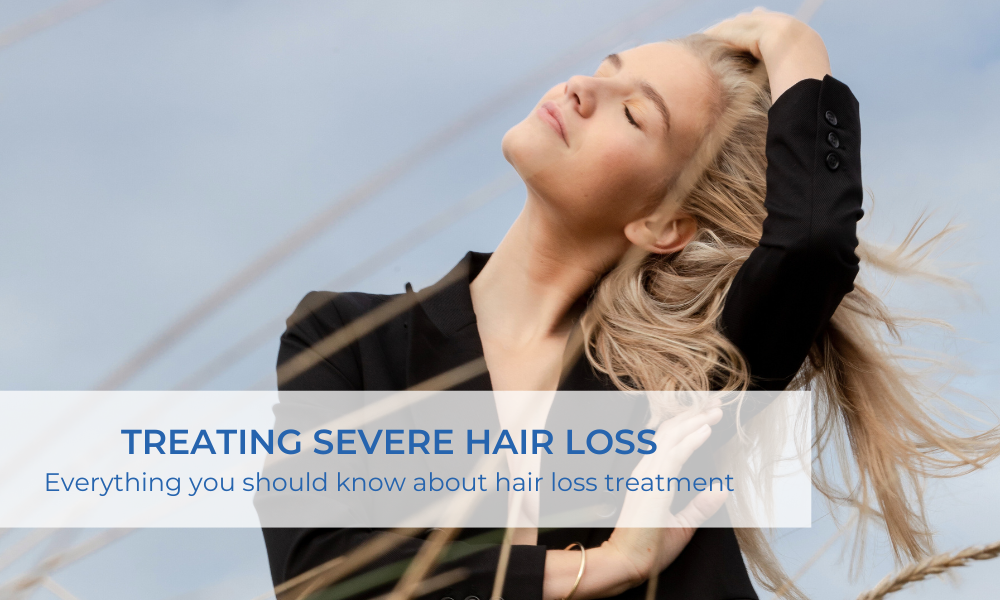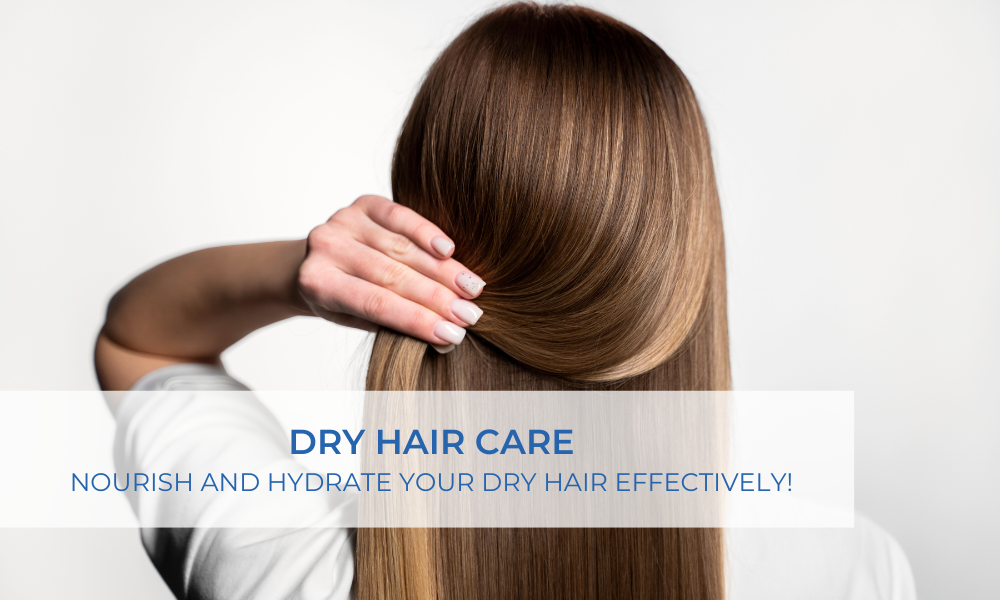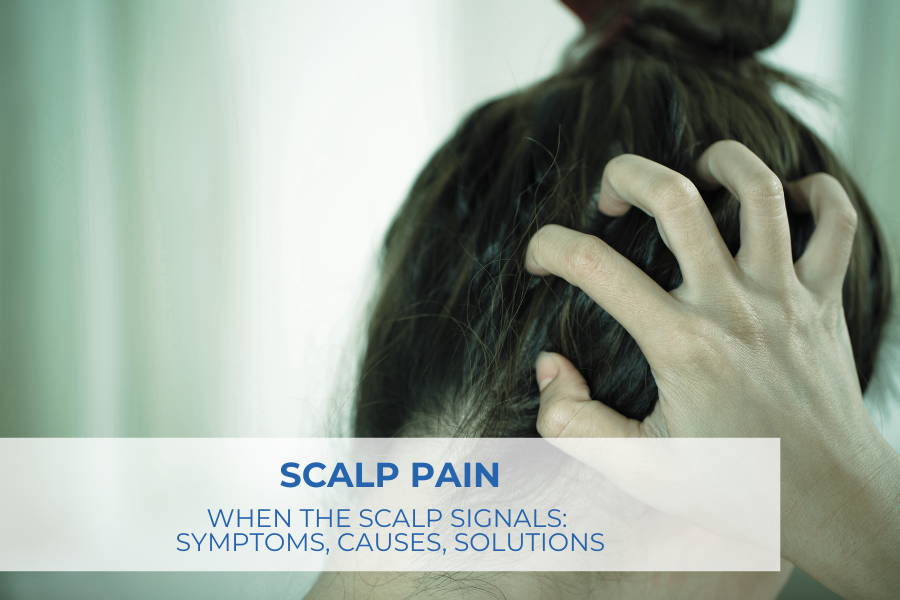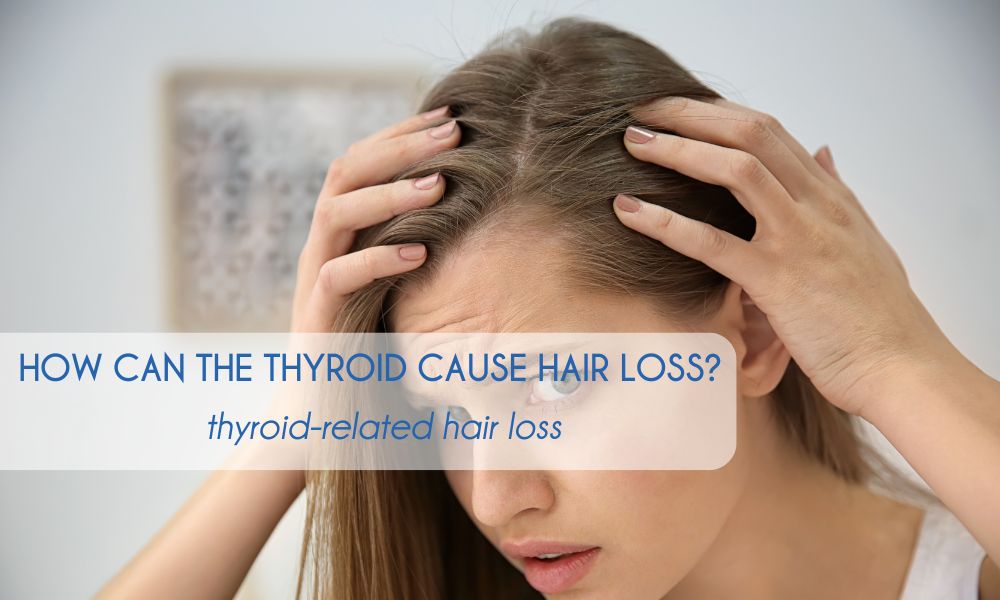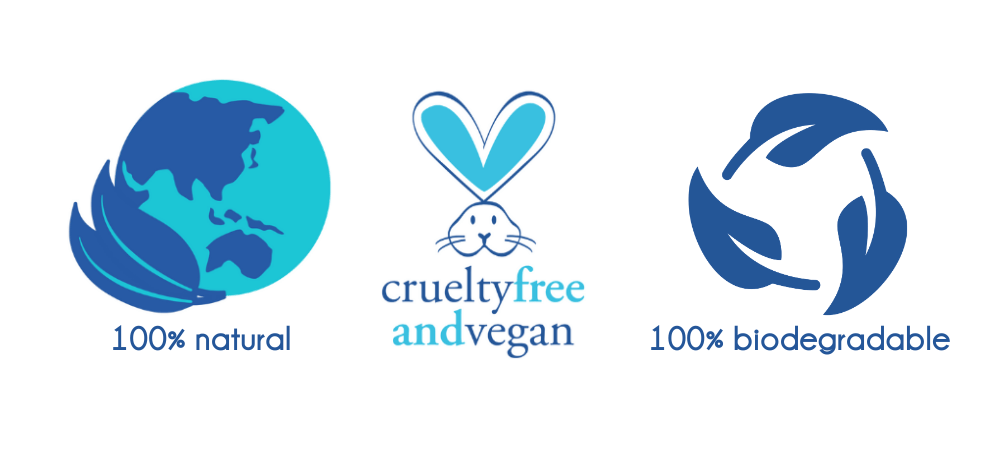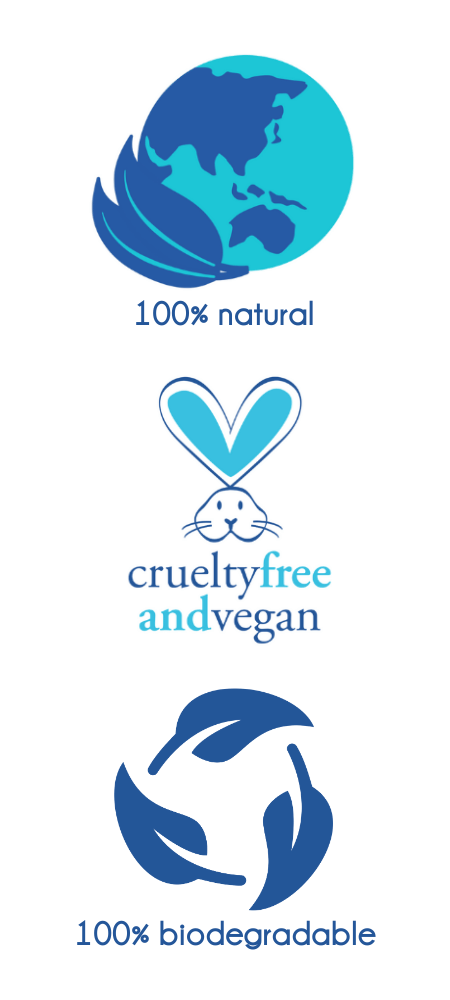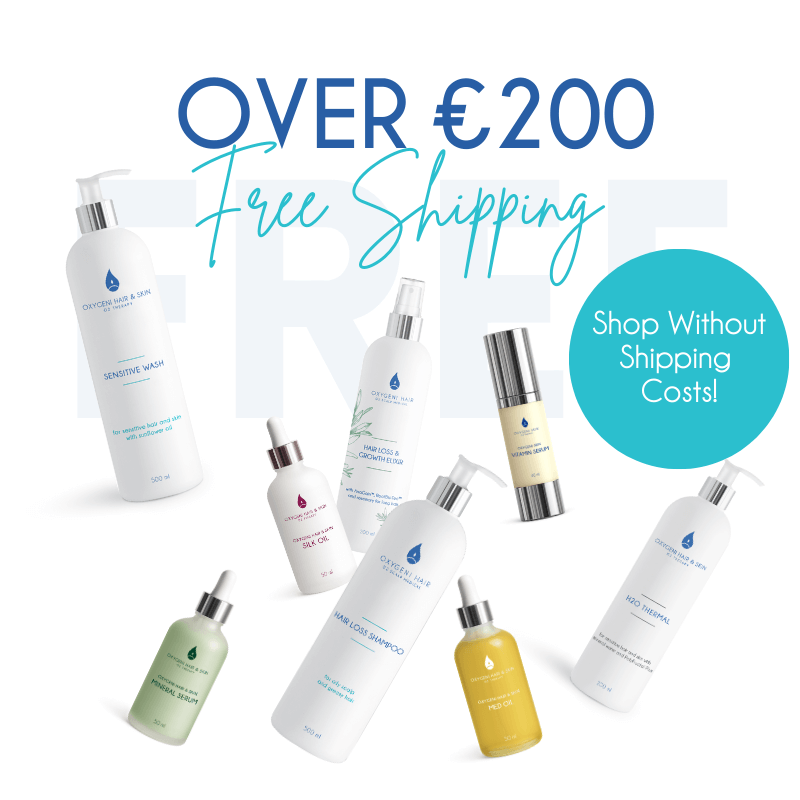Curly Method – Hair Care For Curly Hair
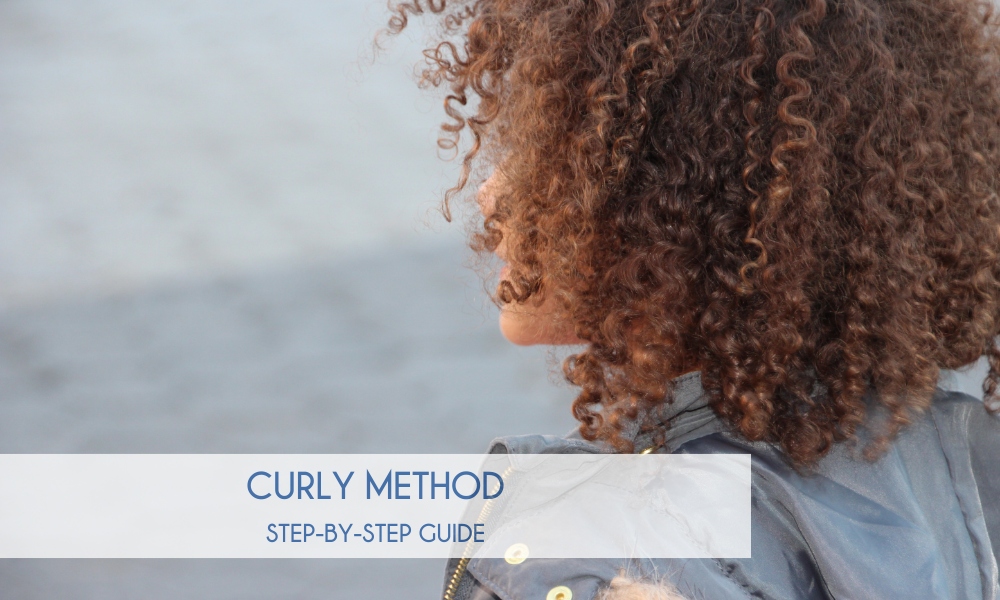
Curly Method for curly hair care
Curly hair has a unique structure compared to other hair types—it requires different care and maintenance. That’s why the Curly Method has provided essential guidance for those with curly hair. This method helps enhance and preserve the hair’s natural texture while promoting its health. But why does curly hair need extra care, and how does the Curly Method help with this?
WHAT IS THE CURLY METHOD?
The Curly Method is a hair care approach specifically designed for curly hair. However, those with wavy or straight hair can also benefit from it. While it won’t make naturally straight hair curly—the Curly Method simply enhances the hair’s natural properties—it can lead to a healthier, shinier look.
Curly hair differs not only in texture but also in structure and growth patterns compared to other hair types. This is why it requires extra attention to bring out the best from a curly hair crown by following the right curly hair care tips.
CURLY METHOD basics
The original “Curly Girl” method was pioneered by Lorraine Massey, a hair stylist with naturally curly locks herself. She began exploring the topic in the early 2000s and even published a book on the subject. This brought greater attention to curly hair, highlighting that it requires completely different care compared to straight hair. Moreover, the development of the method provided practical guidance for those with curly hair, helping them discover how to make the most of their natural curls.
CHARACTERISTICS OF CURLY HAIR – FROM ROOT TO TIP
The shape and placement of hair follicles
The nature of our hair is genetically encoded in us. The structure and composition of curly hair have entirely different characteristics. This is evident from the shape and placement of hair follicles. In straight hair, the follicles grow vertically outward from the scalp, whereas, in curly hair, the follicles curve into the skin before continuing toward the surface. As a result, the hair bends as it grows, creating curls. The degree of this curvature also determines whether the hair will be wavy or more tightly curled.
The shape of the hair follicles is also crucial. While straight hair follicles are more regular and round, wavy and curly hair follicles take on an oval shape. The greater the deviation from a round shape, the curlier the hair becomes.

The shape of hair follicles is also significant because it influences the keratin bonds within the hair structure. Keratin is a protein that makes up 97% of our hair. These keratin bonds distribute themselves from the follicle throughout the hair strand. In round follicles, the bonds can spread evenly within the hair structure, resulting in straight hair. However, in oval follicles, the bonds don’t have such free distribution, strengthening one side of the hair strand more. This imbalance creates the spiral curl pattern.
Since the formation of curls involves multiple factors, it can be unpredictable where and how our hair curls. For example, hair at the back of the head is often curlier than hair around the face. This could be because the strands at the back are in a more protected area, less exposed to environmental factors like wind or humidity, which can disrupt curls. Another factor might be that we tend to handle the hair around our face more frequently than the strands at the back, subjecting them to more stress.
General characteristics
The Curly Method emphasizes the unique traits of curly hair that need special attention and offers solutions to the common challenges these characteristics can cause in hair care.
Dryness
The scalp produces sebum, which runs along the hair strands, creating a protective layer. However, due to the shape of curly hair, sebum struggles to perform this task effectively—it cannot distribute evenly along the hair and reach the hair ends. As a result, curly hair is much more fragile and prone to dryness and split ends.
Hairdrying
Anyone with curly hair has likely experienced how much time drying can take. Unlike straight hair, warm air can’t flow evenly between the strands because they are spiraled, often tangled, and arranged in sections. As a result, the drying process becomes slower. Additionally, curly hair tends to absorb more moisture. For the best results, it’s recommended to dry your hair with a diffuser on a lower heat setting, which also requires more time.
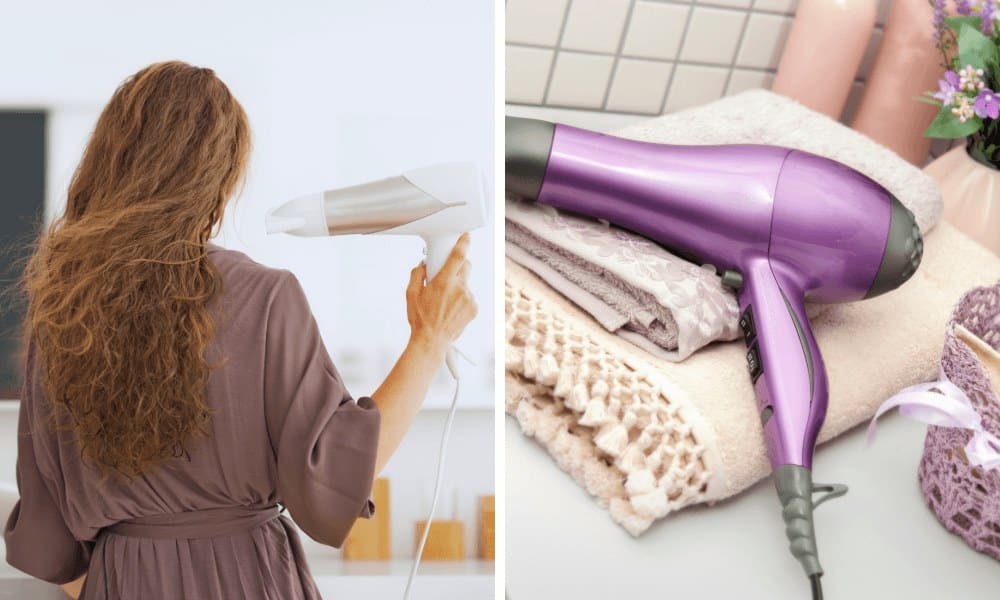
Impact of Environmental Factors – What is Frizz?
While extreme environmental factors are unfavorable for any hair type, curly hair is especially sensitive to external influences. High humidity is the main enemy of curly hair, as it causes the strands to absorb moisture from the air, raising the cuticle. This results in the “frizzy” or “fluffy” effect, commonly known as “frizz.”
INTERESTING FACTS ABOUT CURLY HAIR HISTORY
In recent times, natural curly hair has made a comeback, thanks in large part to the Curly Method. However, throughout history, curly hair has always held different meanings in various eras.
During the Renaissance and Baroque periods, the art of hairstyling flourished. Curly hairstyles were particularly popular, symbolizing sophistication and elegance. In the 1960s and 70s, however, curls came to represent freedom and self-expression. The hippie movement embraced them, and Afro hairstyles were no longer hidden behind intense styling. The latter also carried not only a cultural symbol but also an identity marker that still resonates today.
Overall, curly hair has often symbolized individuality, self-acceptance, freedom, and the identity of the wearer. Throughout history, it has played various cultural, societal, and aesthetic roles.
CURLY HAIR NEEDS – NOURISHMENT AND HYDRATION ACCORDING TO THE CURLY METHOD
HAIR POROSITY
Porosity is an indicator that helps determine the health, type, and texture of the hair, depending on how well it can absorb and retain moisture. As a result, three types are distinguished: low, medium, and high porosity hair.
In low porosity hair, the outer protective layer, made up of the cuticles, lies closely together and seals tightly. This provides good protection for the hair strands, but it also makes it harder for nourishing and hydrating ingredients to be absorbed.
Normal, or medium porosity hair is characterized by cuticles that are more loosely aligned, allowing nutrients to be absorbed effectively. This makes it the easiest hair type to nourish and maintain in a healthy state.
High porosity hair requires the most care. The cuticles are too open, making the hair more vulnerable, dry, and less able to retain the necessary nutrients and moisture. Damage caused by coloring or excessive heat can also contribute to this. Therefore, it is essential to nourish the hair with the right quality products and frequency.
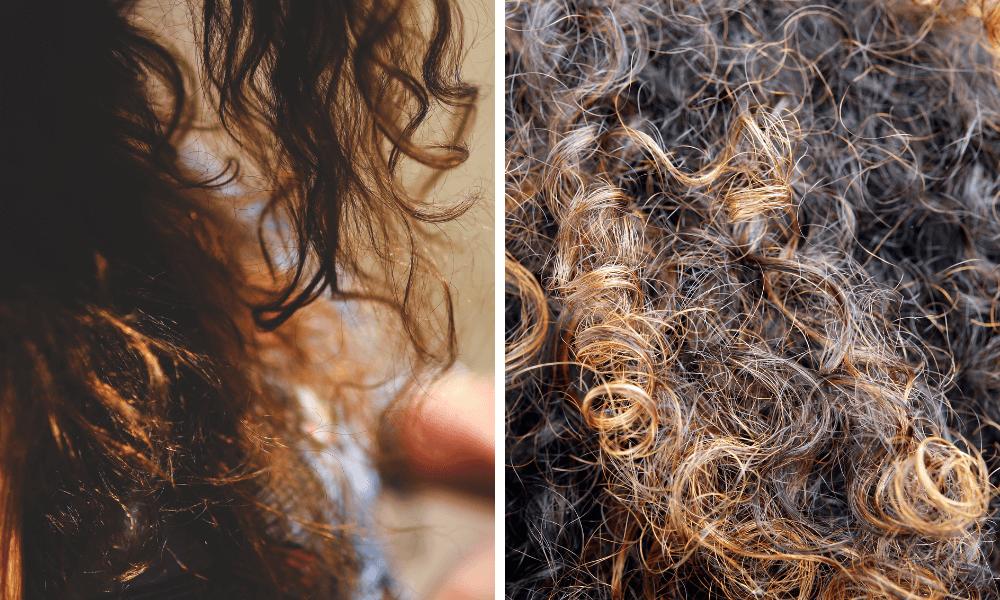
PROTEIN in haircare
Protein is an essential macromolecule that primarily serves to strengthen and regenerate hair. By penetrating the hair strands, it helps restore the hair’s structure, enhances its protective ability, and provides hold and elasticity. This is why protein plays a crucial role in the Curly Method. But when should we use it, and how do we maintain the balance between hydration and protein usage for the best results?
If your hair is high porosity and remains dry despite frequent hydration and oiling, it likely requires more protein. Additionally, you can turn to protein-based products if your hair appears dull, prone to tangling, or if your curls lose their shape too quickly. Look for products that contain keratin or other proteins like silk, wheat, soy, milk, rice, or various plant-based proteins. These are often marketed under the term “repair.”
HYDRATION
If the hair feels rough, lacks elasticity, or breaks easily, it needs hydration. Curly hair, due to its natural dryness, requires particular attention in this area. It’s important to focus on deep-conditioning products, which penetrate the hair structure to nourish and strengthen it. These products should be used once a week for the best results.
PROTEIN – HYDRATION BALANCE
An important aspect of curly hair care is using protein and moisturizing products according to the extent of hair damage. The “stretch test” can help determine what the hair needs at a given moment. This test involves observing how the hair reacts to stretching when wet. To perform the test, wet 8-10 strands of hair and gently stretch them. The following reactions may occur:
- The hair doesn’t stretch or breaks easily – it needs more hydration.
- The hair stretches and returns to its original state – the balance between protein and hydration is adequate.
- The hair stretches significantly but doesn’t return to its original state – the hair is protein-deficient.
The right balance of hydration and protein is crucial when caring for curly hair. Once we get to know our hair well, we will be able to tell by touch which type of care ingredient it needs more at any given time.
OILS
Since the natural oils from the scalp don’t reach the hair ends, we need to replenish them, and there are many natural alternatives available for this. If we opt for deep hydration, coconut oil can also be helpful alongside specialized products. It is rich in lauric acid, which easily penetrates the hair strands, nourishing damaged hair from the inside and preserving its elasticity. As a deep conditioner, you can apply the oil and leave it on your hair for 30-60 minutes for optimal results. Additionally, it can be applied to the ends of the hair to prevent split ends and frizz.
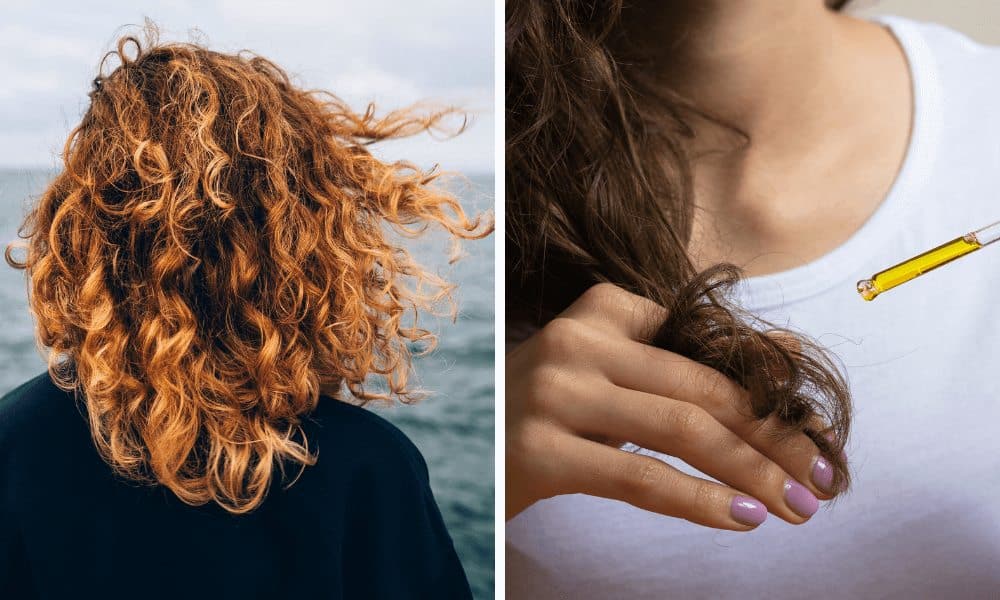
Jojoba oil is similar to the natural oils of the scalp, so it doesn’t weigh down the hair. It absorbs easily and provides long-lasting hydration. In addition to its nourishing properties, argan oil contains Omega-3 fatty acids and vitamin E. It can be used on the ends of the hair or as a heat protectant before blow-drying.
The Basic Principles of the Curly Method:
Sulfate and Silicone-Free
A key elements of the Curly Method include the ingredients used in products for curly hair. Some ingredients can actually harm rather than help curly locks.
Most shampoos contain sulfates, such as Sodium Lauryl or Laureth Sulfate, which help clean the hair and scalp. However, these ingredients are too drying for sensitive curly hair, so it’s best to avoid them. Choose a shampoo that doesn’t contain sulfates but still cleanses effectively and gently.
Additionally, silicone-containing products should be avoided. Silicone coats the hair strands and can build up, preventing nutrients and moisture from being absorbed. Since curly hair tends to be more prone to dryness and dehydration, it’s wise to avoid these ingredients. This is particularly important because such build-up can only be removed using strong, clarifying sulfate shampoos, which, according to the Curly Method, are also on the “no” list.
HYDRATION AND CO-WASHING
The importance of hydration has already been mentioned above, but what exactly is co-washing? Curly-Method followers are advised to use a gentle shampoo or a silicone-free conditioner to cleanse their hair. This is called co-washing, where instead of shampoo, we use conditioner to clean the scalp and hair. It’s worth trying to see how your hair reacts, as this step helps eliminate the dryness that can result from strong cleansing.
GENTLE HAIRSTYLING
Curly hair requires the use of additional products after washing that help activate and maintain the curls. For example, Leave-in products, can be applied to wet hair and don’t need to be rinsed out. These provide long-lasting hydration, shine, and elasticity to the hair. Similar results can be achieved with curl creams, which give the curls hold without making them stiff.
Lastly, to ensure the curls remain intact and have extra hold, you can use hair mousse or gel. Many people are wary of using gel because it can make the curls hard. However, this can be avoided by applying a bit of oil and scrunching the curls. It’s worth trying gel as it can also help tame frizz.
defining CURLS
Curly hair requires manual styling. Perhaps the simplest way to do this is to evenly distribute the products applied after washing, then use the “scrunch” technique, gently pressing the hair care products into the hair by scrunching it. This method gives the most natural effect.

MINIMIZED HEAT EXPOSURE
Due to the sensitivity of curly hair, it’s best to minimize exposure to heat. The best option is to let your hair air-dry, as this prevents moisture loss. If you need to use a blow dryer, always use a diffuser, as it dries the curls properly without frizzing them. In addition to using a heat protectant, make sure to dry your hair on the lowest heat setting and the lowest intensity.
TIPS FOR LONG-LASTING CURLY CURLS
According to the Curly Method, it is not recommended to comb curly hair when dry, as this can cause significant damage. However, there are specific brushes designed for curly hair that can help with both tangle-free combing and styling. Brushes like Denman or Tangle Teezer are examples. They gently detangle the hair without pulling or breaking it.
These should only be used on wet hair, during conditioning or when applying deep hydration treatments. Wet hair is more fragile and prone to breakage and tangling, so hair care products can assist in making the combing easier.
In addition to hair brushes, you can also use wide-toothed combs, which are great for separating hair into larger sections.
If we follow the principles of the Curly Method and manage to get the most out of our curly hair, it’s worth paying attention to our sleeping habits as well. This is because curly hair is prone to tangling, frizzing, and losing its shape during a restful night. However, we can easily overcome these issues with a few simple practices.
The material of pillowcases is important because rougher fabrics, such as cotton, can draw moisture away from the hair and increase tangling and frizz. Therefore, satin or silk pillowcases are a better choice, as they have a much smoother surface, minimizing friction and helping to maintain the curl definition till morning.
In addition to pillowcases, you can also try hair wrap or headbands made of satin or silk. These prevent the hair from moving freely, keeping it hydrated and protecting it from tangling and losing its shape. However, if this option is bothersome during sleep, an alternative is the so-called Pineapple technique. The idea is to loosely gather the hair at the top of the head with a satin/silk hair tie or ribbon. This is a less intrusive solution, yet it can still be helpful throughout the night.
Even with proper sleeping habits, it can still happen that curly hair loses its shape, and the curls may get messy by the morning. The simplest solution for refreshing the hair is using a water mist. By misting water into the hair with the “scrunch” technique, we can bring back the curls while also providing extra hydration. Additionally, you can use specially formulated hydrating sprays. These can serve as a quick solution, but leave-in conditioners or mousse applied to damp hair and then dried with a diffuser can also be helpful. The latter requires more time but helps reshape the hair.
Curly hair tends to flatten. To avoid this, use shampoos and conditioners that are lightweight and won’t weigh your hair down. There are specifically designed volumizing products available that you can choose from. However, when selecting these, it’s important to keep the principles of the Curly Method in mind.
If you feel like your hair flattens quickly and loses its shape, try using mousse instead of gel. While gel also provides good hold, it can weigh your curls down more. When drying your hair, you can cheat a little by drying your curls upside down with a diffuser. This helps lift the roots. Additionally, you can make use of root-lifting combs and clips. These tools help the hair dry in an elevated position, creating extra volume.
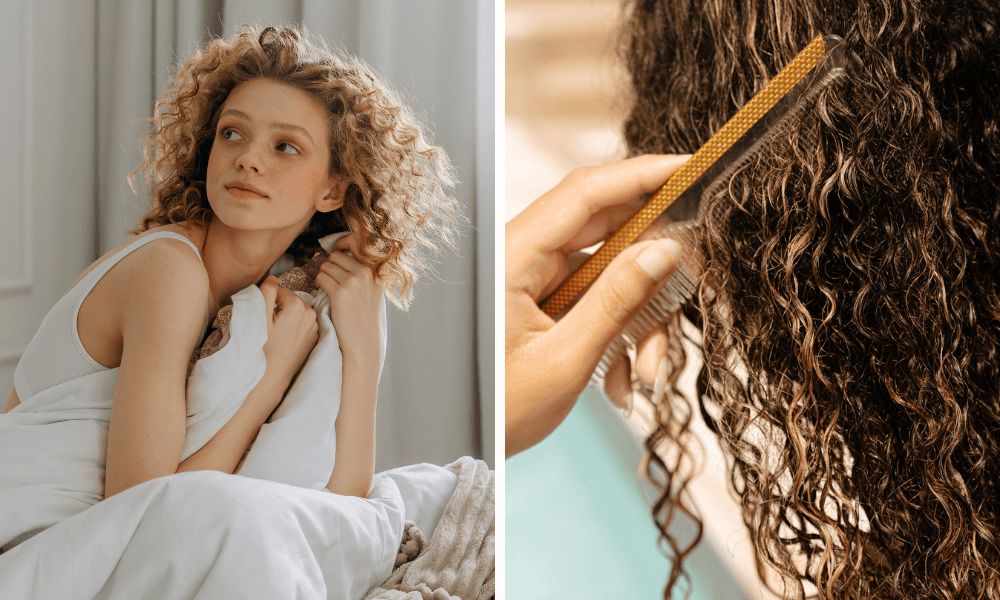
In addition to the tips and techniques mentioned, a good haircut can also help achieve more volume. In a layered hairstyle, the hair mass is distributed more evenly, preventing it from becoming too heavy and flat. This way, you can achieve a natural lift at the roots.
LONG-TERM BENEFITS OF THE CURLY METHOD
By following the principles of the Curly Method, both you and your hair can experience numerous positive benefits. A hair care routine designed according to this method helps us achieve a much healthier hairstyle in the long run. When our hair is healthy and consistently receives the right care and nourishment, it becomes stronger, more resilient, and its growth becomes more noticeable.
These factors combined lead to a visibly enhanced finish for curly hair, as the curls become much more defined. Additionally, the Curly Method minimizes harmful ingredients and influences on the hair, further supporting its health and maintenance.
WHY SHOULD YOU TRY IT?
In addition to the aforementioned benefits, the Curly Method ensures that no harmful ingredients or practices are used on your hair. This means you can dive into a safe experiment with confidence.
Everyone’s hair is different—different textures, types, and levels of damage. However, one thing is likely common: everyone wants to get the most out of their hairstyle while keeping it as healthy as possible. The Curly Method helps with this by supporting the natural state of your hair in the way that suits it best.
OUT TIP: CURLY METHOD TREATMENT
If you have curly hair, you know that achieving beautiful curls requires a lot of attention and patience. Oxygeni Hair & Skin has developed a special treatment specifically for curly hair, and that treatment is none other than the Curly Method. The key is applying a Curl Defining ingredient cocktail to the hair, which not only helps improve the structure of the curls but also provides deep hydration, protecting the hair strands from drying out.
CURLY METHOD RESULTS
The Curly Method is a hair structure-regenerating treatment specifically designed for curly hair. It enhances your hair’s natural curls while keeping it hydrated, healthy, and easy to manage. In addition to salon treatments, we recommend our chemical-free, natural home-care products that perfectly complement the Curly Method. With their help, you can enjoy gorgeous curls every day while protecting both your hair and the environment.
Writer: Bogi Gombkötő
OXYGEN THERAPY AND OXYGENI HAIR PRODUCT REVIEWS
